In an era where healthcare accessibility and efficiency are paramount, innovative solutions are essential. We developed an advanced wearable health monitoring device to provide critical remote medical assistance.
The Inspiration: 24-Hour Hackathon
The journey began at a 24-hour hackathon, where our team was challenged to create a solution with a real impact on emergency healthcare. This led to the creation of AIR-MED, a VTOL (Vertical Take-Off and Landing) aircraft for delivering essential medicines and wearable health monitoring devices to remote areas. The wearable health monitoring device and the vtoVTOLl itself quickly became the centerpiece of our project, offering the potential to transform how healthcare is delivered in emergencies.
Here I will be focusing on the health monitoring device. The wearable health monitoring device is engineered to continuously monitor key health metrics, providing real-time data essential for diagnosing and managing health conditions, particularly in emergency situations.
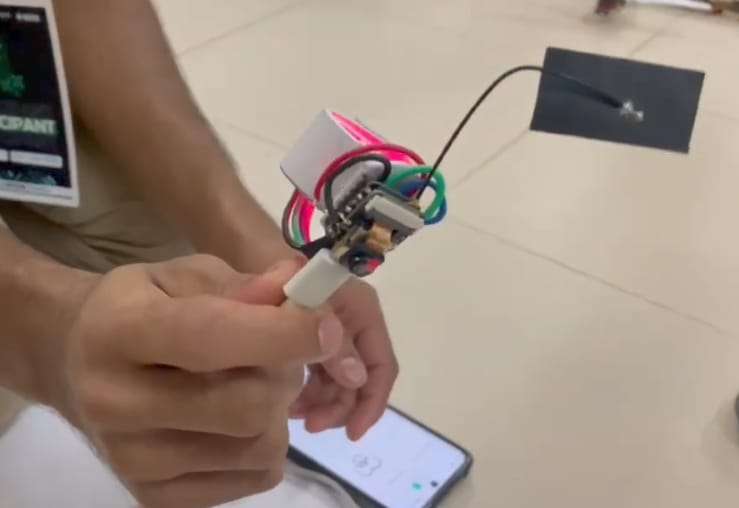
.jpeg)
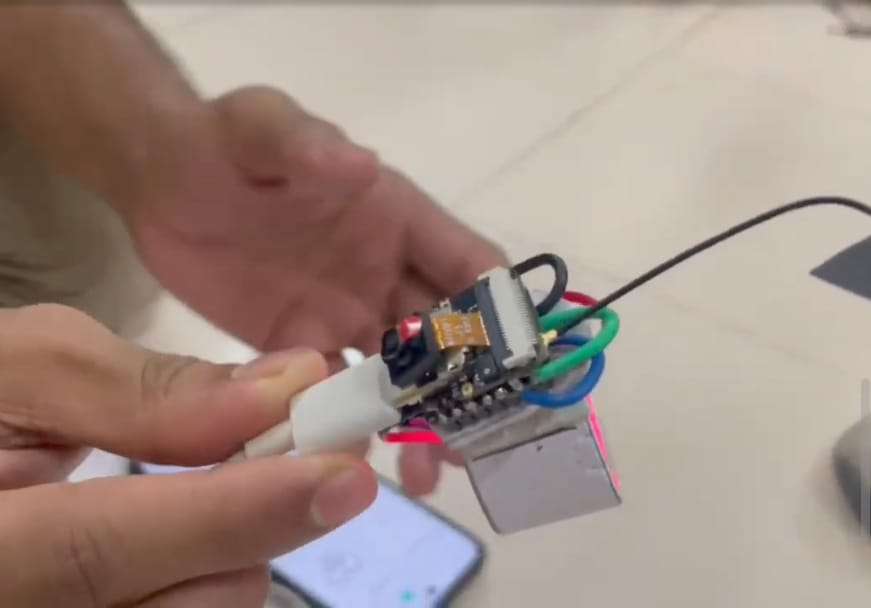
The project aims to integrate sensor data, camera imagery, and TinyML algorithms into an advanced health monitoring wearable device for proactive healthcare management.
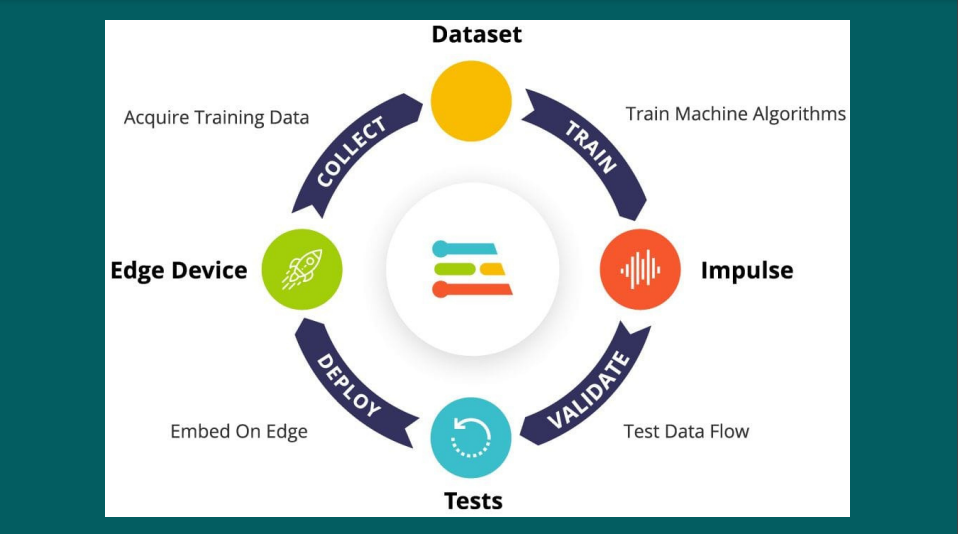
Hardware
Seeed Studio Xiao ESP32S3 Sense
The Seeeduino XIAO ESP32-S3 Sense is a compact yet powerful board that packs a punch when it comes to sensing applications. This chip brings Wi-Fi, Bluetooth, a camera module, and an integrated mems microphone, making the XIAO ESP32-S3 Sense suitable for a wide range of applications.

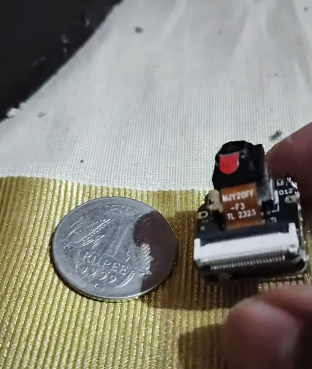
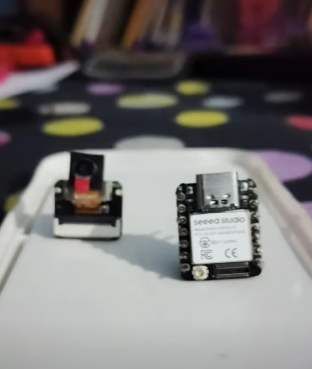
I specifically chose this development board considering the comfort of the patient wearing it. It uses a variety of sensors, including heart rate monitors, and SpO2 ensuring comprehensive health monitoring. Additionally, the device is equipped with an integrated camera module and a MEMS microphone, allowing for visual and audio data capture.
One of the standout features is its predictive analysis capabilities powered by TinyML, which can forecast health outcomes based on collected data.
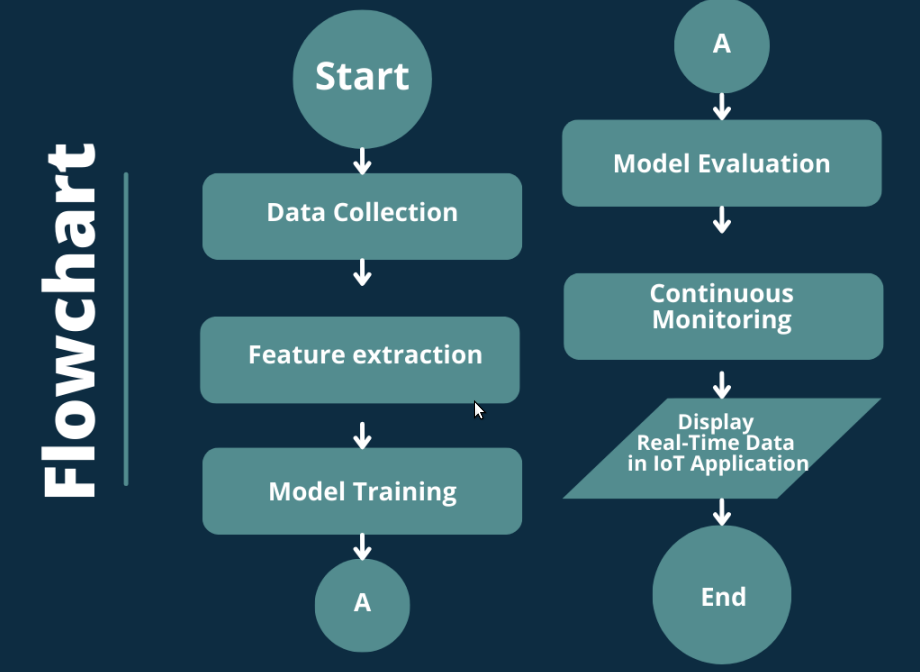
Future Enhancements and Roadmap
To further enhance the capabilities of our wearable health monitoring device, we have outlined several key features and improvements that we plan to implement:
- Utilization of Edge Impulse Platform: We aim to leverage the Edge Impulse platform for predictive analysis, utilizing advanced machine learning techniques. This will enable us to forecast health outcomes more accurately.
- Breath Analysis with MEMS Microphone: The integrated MEMS microphone holds the potential for predictive analysis, such as breath analysis. We have already experimented with creating a basic model, for testing the microphone's capability.
.jpeg)
Blynk Application for Remote Monitoring
To enhance the usability and accessibility of the device, we have developed a Blynk application specifically for doctors. This application allows healthcare professionals to remotely monitor patients' health parameters in real-time. The integration of the camera stream into the Blynk app provides doctors with visual context alongside the health data, enabling a more comprehensive assessment.
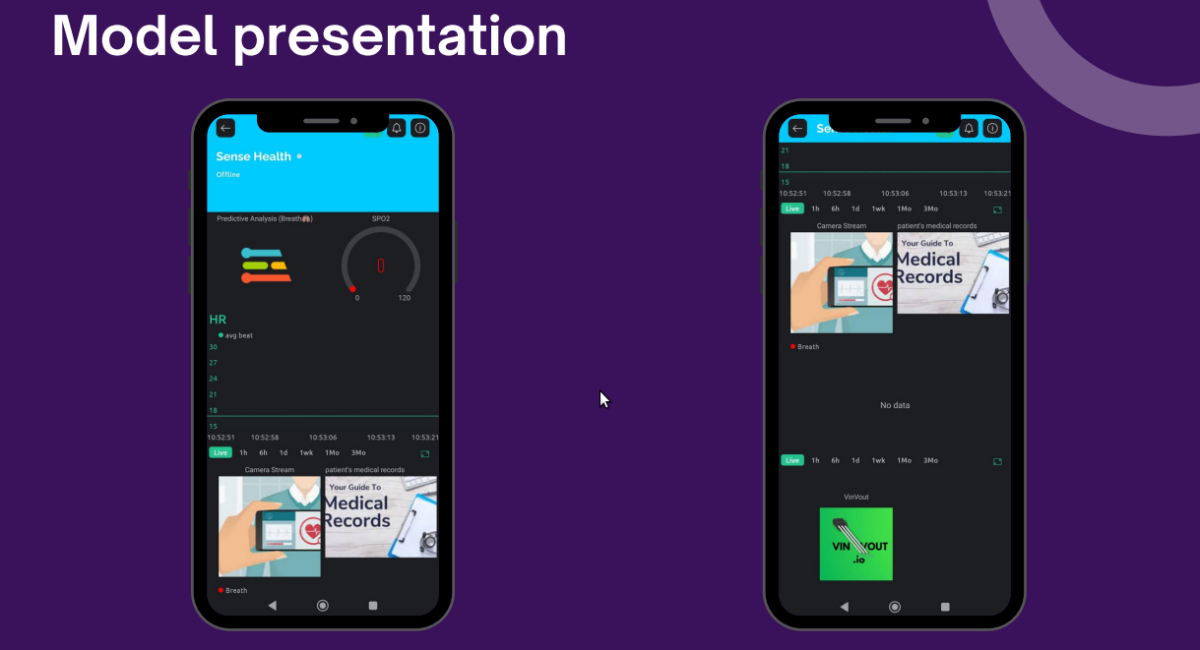
Applications
Fitness and Performance Optimization: Athletes and fitness enthusiasts can benefit from wearable devices that analyze SpO2 and heart rate data to optimize training routines and performance. Predictive analysis algorithms can track fitness progress, identify optimal workout intensities, and prevent overexertion or injury by detecting signs of fatigue or stress.
Healthcare Cost Reduction: By enabling early detection of health issues, wearable devices with predictive analysis capabilities have the potential to reduce healthcare costs.
Development Challenges and Improvements
Creating a functional prototype within the constraints of a 24-hour hackathon was just the beginning. So the project is not complete but is still in progress.
Conclusion
As we continue testing and refining the device, we are excited about the potential impact these advancements will have on healthcare delivery. Thank you for following along on this innovative journey. Stay tuned for more updates.
including a short video taken during the hackathon
